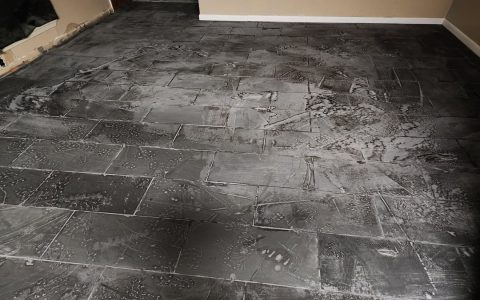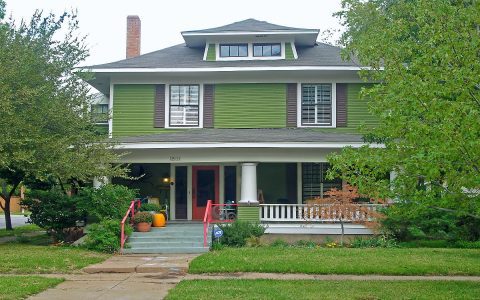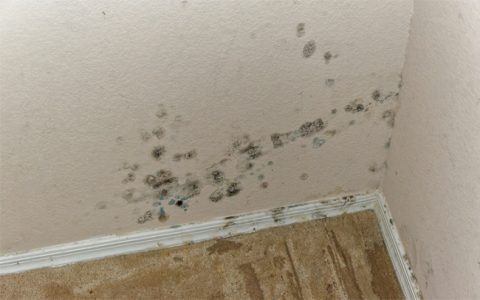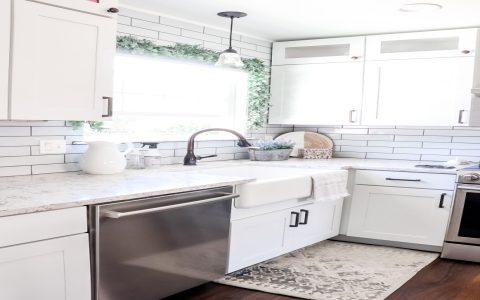Effectively cleaning slate floors preserves their natural beauty and longevity. Follow these steps for optimal results.
Preparation Before Washing
Thorough preparation is key to preventing scratches and ensuring an effective clean.
- Sweep or Vacuum: Remove all loose dirt, dust, and debris. Use a soft-bristled broom or a vacuum cleaner with a hard floor attachment. Pay special attention to corners and edges where dust accumulates.
- Protect Furniture: If possible, move small furniture items off the floor. For larger items, consider placing protectors under legs if you anticipate water splashing.
Choosing the Right Cleaning Solution
Slate is a natural stone and can be sensitive to harsh chemicals.

- pH-Neutral Cleaner: The safest option is a pH-neutral cleaner specifically formulated for natural stone or slate.
- Mild Dish Soap: Alternatively, a very mild solution of a few drops of pH-neutral dish soap in a bucket of warm water can be used.
- What to Avoid: Strongly avoid acidic cleaners like vinegar or lemon juice, abrasive powders, ammonia-based cleaners, or harsh chemical solvents. These can etch, discolor, or damage the slate surface and sealant.
Washing Technique
Gentle and systematic washing prevents damage and ensures even cleaning.
- Damp Mopping: Dip a soft mop (microfiber mops are excellent) or a soft cloth into your chosen cleaning solution. Wring it out thoroughly until it is just damp, not soaking wet. Excess water can damage slate over time and seep into grout lines.
- Mop in Sections: Work in manageable sections, mopping with gentle, overlapping strokes.
- Address Stubborn Stains: For tougher spots, you can apply a bit more of the cleaning solution directly and gently scrub with a soft-bristled brush (never a wire brush). Do not apply excessive pressure.
- Rinse the Mop Frequently: Rinse your mop in a separate bucket of clean water or under a running tap frequently to avoid reapplying dirt to the floor. Change the cleaning solution if it becomes visibly dirty.
Rinsing and Drying
Proper rinsing and drying are crucial to prevent residue buildup and water spots.
- Rinsing (if necessary): If you used a soap-based solution, it's advisable to rinse the floor. Mop again with a clean mop dampened only with fresh, clean water to remove any soap residue. pH-neutral stone cleaners often don't require rinsing.
- Drying: Dry the floor thoroughly with clean, dry microfiber cloths or towels. This helps prevent water spots, streaks, and mineral buildup. You can also use a dry mop. Air drying is possible but may leave streaks, especially in hard water areas. Ensure good ventilation if air drying.
Post-Cleaning and Maintenance
Regular care will keep your slate floors looking their best.
- Immediate Spill Cleanup: Wipe up spills as soon as they happen to prevent staining, especially with acidic substances like wine, coffee, or fruit juice.
- Use Mats: Place doormats at all entrances to trap dirt and grit from shoes.
- Furniture Pads: Use felt pads under furniture legs to prevent scratches.
- Periodic Sealing: Slate is porous and benefits from sealing. Depending on traffic and use, slate floors may need to be resealed every 1-5 years to protect against stains and moisture. Always use a sealer appropriate for natural stone.










